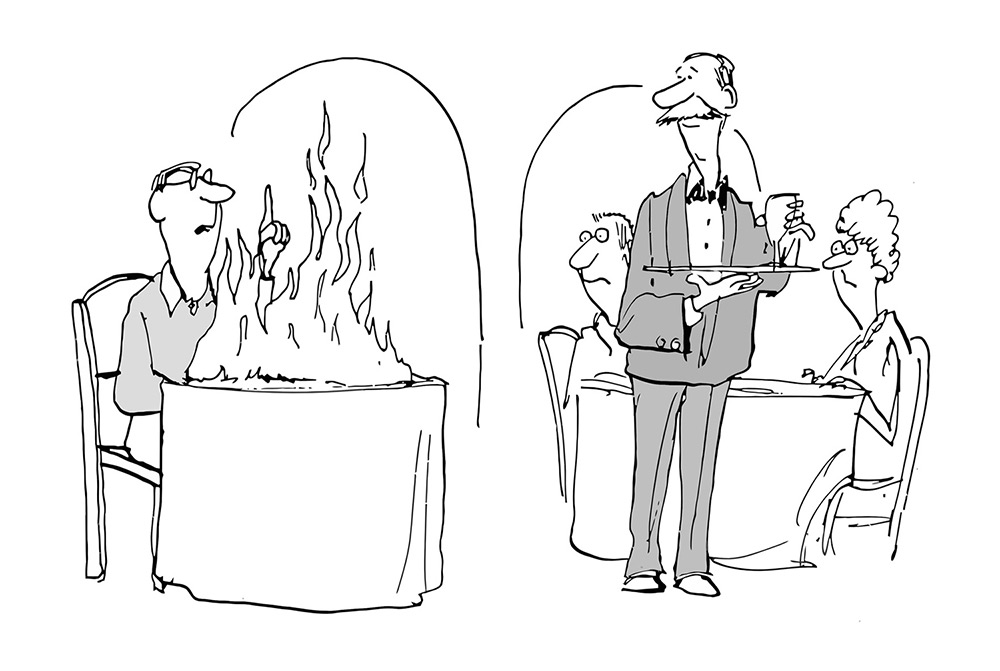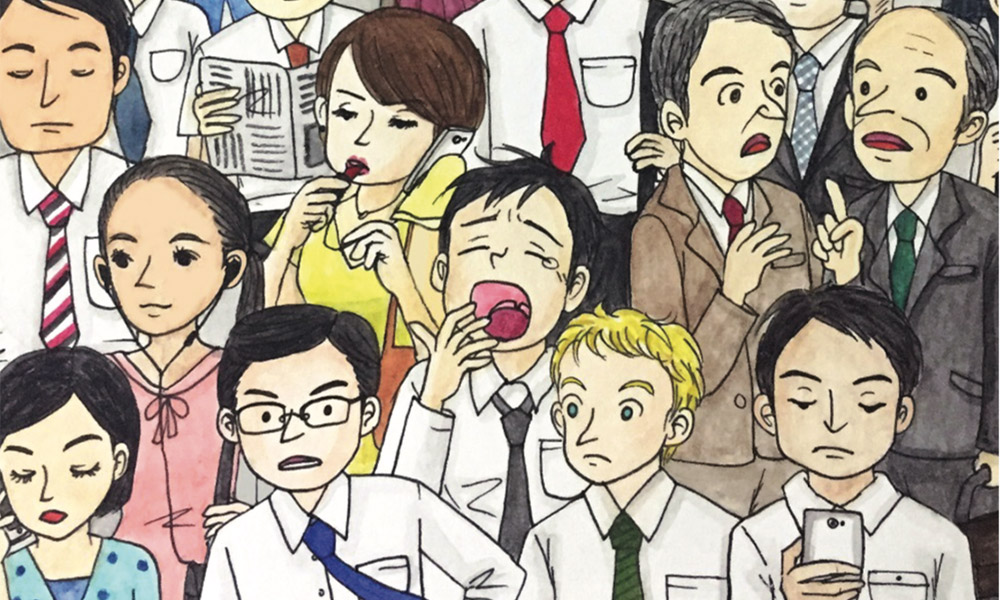By Israel
One of the fundamental rules taught to customer service employees is to apologise when a customer is angry or dissatisfied. When conversing with an angry client, workers in hotels, restaurants, or travel agencies will often try to express their empathy or sympathy, and continue to apologise over and over.
But according to a new study, apologies and empathy beyond the first few seconds of a conversation may have the opposite effect and make the customer even less satisfied.
What, then, can be done to keep the customer happy? The answer lies in a study by Jagdip Singh, a professor of business administration at Case Western Reserve University, USA (Jagdip Singh, 2018). In the study, Singh and his colleagues had the rare opportunity to watch and analyse 111 videos of customer service desks at airports in the United States and the UK.

Although many companies have videos of this nature, they are typically barred from being shared with researchers due to privacy restrictions. But in this case, the videos were taken especially for a reality TV show, and the clients had signed a privacy waiver in advance.
In the videos, we see how service workers deal with passengers who have lost their luggage, missed a flight, or have been otherwise harmed by improper airline conduct.
To analyse the encounters between employees and customers, the researchers divided each session into three stages: the first stage, where the employee asks questions to understand what the problem is; the second stage, where the employee proactively brainstorms a variety of possible solutions; and the third stage, in which the employee and customer choose the best solution for the customer.
At each stage, the researchers analysed the words and sentences used by the employees, classifying them as either apologists and empathisers, or those who were problem-solvers. They also analysed employees’ facial expressions to identify when they expressed sympathy, for example, through smiles.
The researchers found that, in many encounters, the employees tried to convey empathy by continuing to apologise or by keeping friendly conversations with the client throughout the three stages of the meeting. According to Singh, this made customers feel even more frustrated.
Apologies lasting beyond the first seven seconds made “the customer feel that the employee is not really paying attention to the problem, and customers see it as a distraction”.
The researchers concluded that after apologising for the first few seconds, the employee must focus on brainstorming for possible solutions. This search for a gratifying solution is what will eventually determine the level of customer satisfaction.
Moreover, according to Singh, customers cared less about the final outcome of their complaint, such as how quickly a lost suitcase was found, and more about the way the employee tried to offer help. “It’s not the solution that will eventually determine the level of customer satisfaction, but how the employee reached that solution,” said Singh.
















